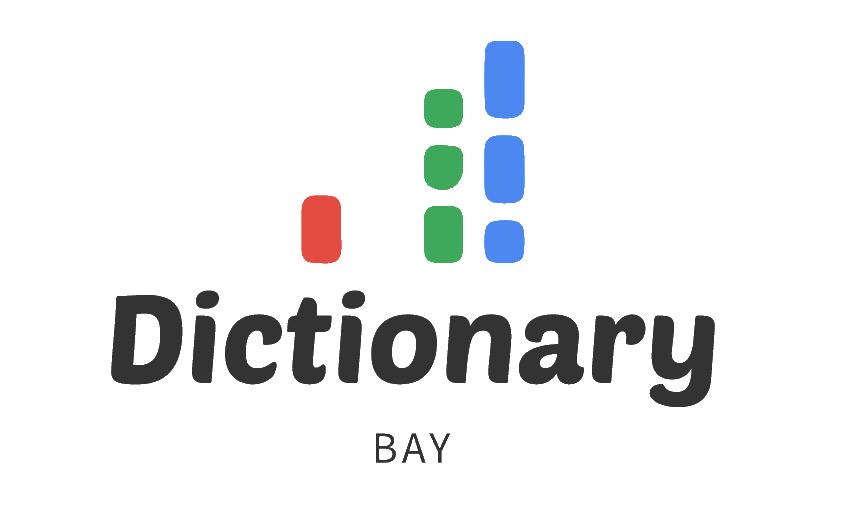Digital literacy is a crucial skill in the 21st century, as the world becomes increasingly reliant on technology for communication, work, and entertainment. As a teacher, it is essential to help your students develop the skills they need to succeed in a digital world. In this article, we explore strategies and best practices for teaching digital literacy in the classroom.
- Integrate Technology into Your Lessons
The best way to teach digital literacy is to integrate technology into your lessons. Students need to be able to use technology to research, communicate, and create content. One way to do this is to use digital tools like Google Docs and Microsoft Office to collaborate and create presentations. Another way is to encourage students to use online resources for research, such as scholarly databases and academic search engines.
- Teach Students to Evaluate Online Information
In a world where misinformation is rampant, it is essential to teach students how to evaluate online information critically. Students need to be able to assess the credibility of sources and identify bias and misinformation. Teach students to ask questions like, “Who created this content? Is it reliable, and is it current?” When students learn to evaluate online information critically, they will be better equipped to navigate the digital landscape.
- Encourage Safe Online Practices
Students need to understand how to protect their personal information and stay safe online. Teach students to create strong passwords, avoid sharing personal information online, and report any suspicious activity. Discuss the potential risks of social media and the importance of being mindful of what they share and post.
- Foster Creativity and Innovation
Digital literacy is not just about using technology, but also about creating with it. Encourage students to use digital tools to create multimedia presentations, podcasts, videos, and other forms of digital media. This will not only help them develop their creativity and innovation skills, but also provide opportunities to develop a wide range of digital literacy skills.
- Keep Up with New Technologies
Technology is constantly evolving, and it is important to stay up to date with the latest tools and trends. Attend professional development workshops and conferences, read articles, and stay current with the latest educational technology news. By keeping up with new technologies, you can be more effective in teaching digital literacy to your students.
Students who are interested in learning more about digital literacy can consult authoritative sources such as the International Society for Technology in Education (ISTE) at https://www.iste.org/, Common Sense Education at https://www.commonsense.org/education/, and Edutopia at https://www.edutopia.org/. These organizations provide valuable information and resources on digital literacy and educational technology.
In conclusion, teaching digital literacy is an essential part of preparing students for the future. By integrating technology into your lessons, teaching students to evaluate online information critically, encouraging safe online practices, fostering creativity and innovation, and staying up to date with new technologies, you can help your students develop the skills they need to succeed in a digital world. By following these best practices, you can help your students become confident and responsible digital citizens who can navigate the digital world with ease.


